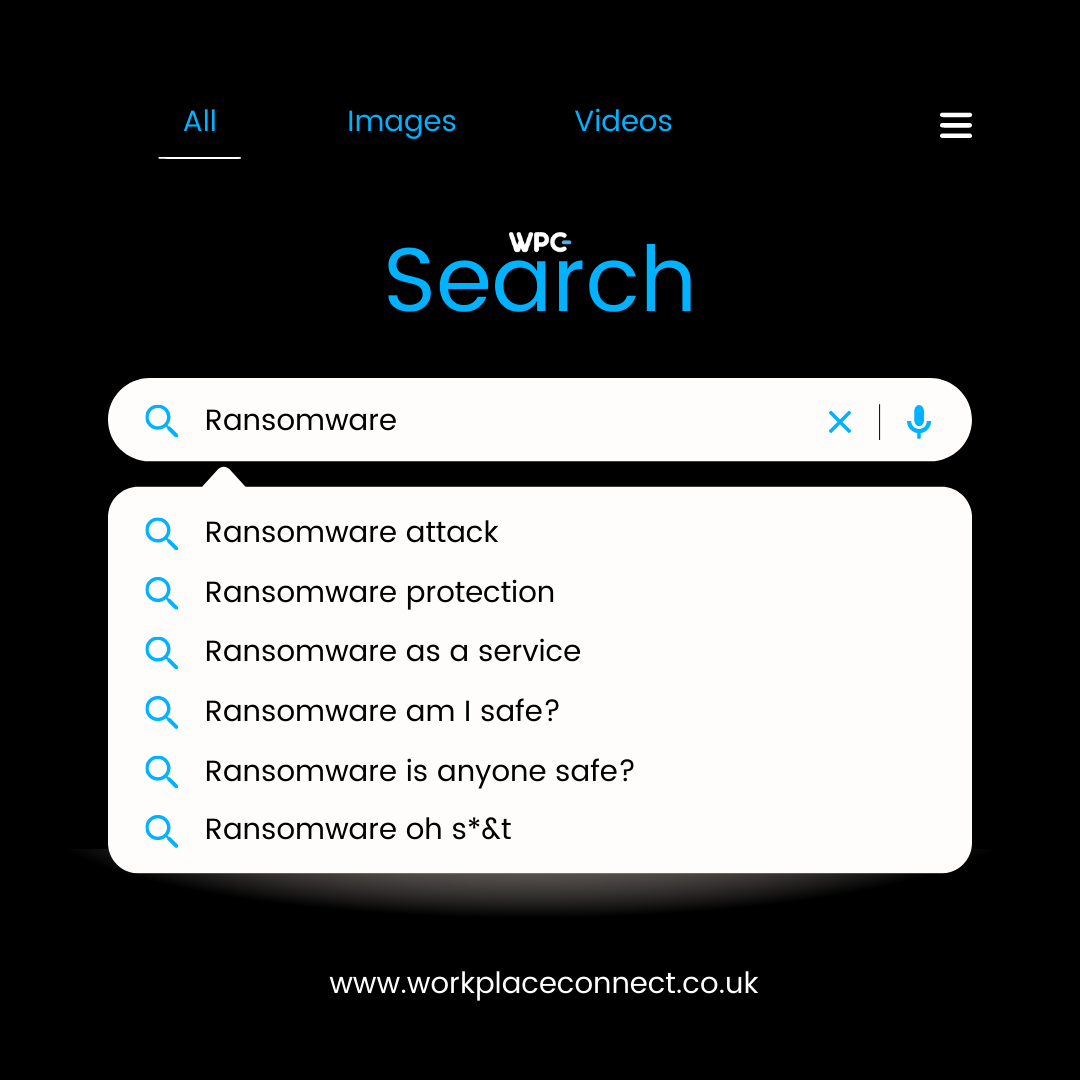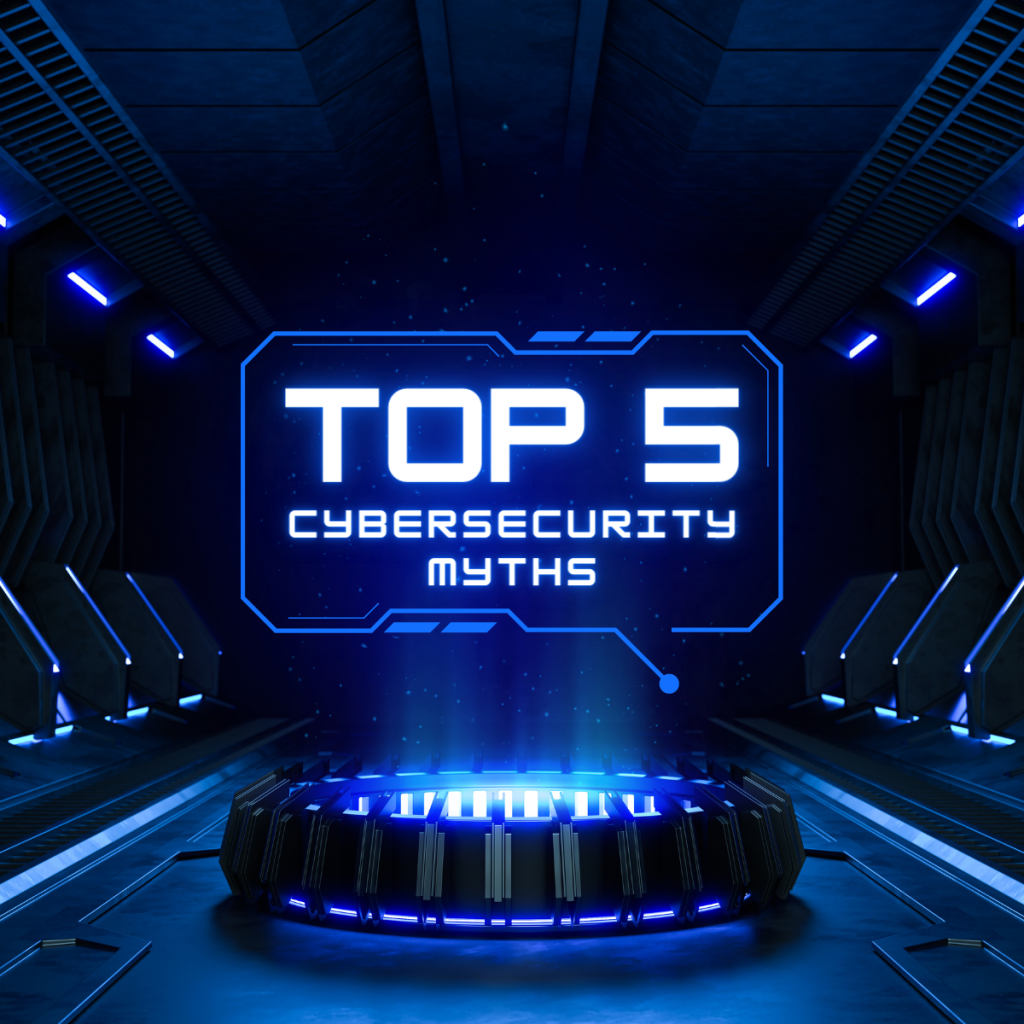What is Ransomware?
Malware called ransomware is made to prevent a user or business from accessing files on a computer. Cyberattackers put businesses in a situation where paying the ransom is the quickest and least expensive option to recover access to their files by encrypting these files and requesting a ransom payment for a decryption key. For increased motivation for victims of ransomware to pay the ransom, several variants have included other capabilities, like data stealing.
The most apparent and prominent form of malware is now ransomware. Previous ransomware attacks have seriously hurt a number of enterprises, paralysed government operations in cities, and affected hospitals’ capacity to deliver essential services.
Why Are Ransomware Attacks Emerging?
The 2017 WannaCry outbreak marked the start of the current ransomware mania. This widespread and well-reported attack proved that ransomware attacks were both feasible and potentially lucrative. Numerous ransomware variations have since been created and utilised in numerous attacks.
The recent rise in ransomware was also influenced by the COVID-19 pandemic. Gaps in firms’ cyber defences emerged when they quickly shifted to remote work. These flaws were taken advantage of by cybercriminals to spread ransomware, which led to an increase in ransomware attacks. In contrast to the first half of 2020, ransomware attacks climbed by 50% in the third quarter.
How Ransomware Works
Ransomware requires access to a target machine in order to encrypt the data inside and seek payment in ransom from the victim. Although the specifics of implementation differ from one ransomware version to another, they all follow the same fundamental three stages:
- Step 1. Infection and Distribution Vectors
Like all malware, ransomware has a variety of ways to access a system within an organisation. However, ransomware developers frequently favour a small number of distinct infection vectors.
These include phishing emails. A malicious email may include a downloader-equipped attachment or a link to a website offering a malicious download. When a recipient of an email falls for a phishing scam, ransomware is downloaded and installed on their computer.
Utilising tools like the Remote Desktop Protocol (RDP) is a common method of ransomware infection. RDP enables an attacker to remotely authenticate to and access a computer connected to the company network after stealing or guessing an employee’s login credentials. With this permission, the attacker has direct access to the malware download and execution on the controlled machine.
Others might try directly infecting systems, as WannaCry did when it used the EternalBlue vulnerability. The majority of ransomware versions use several different infection channels.
- Step 2. Data Encryption
After gaining access to a machine, ransomware might start encrypting its files. This only requires accessing the files, encrypting them with an intruder-controlled key, and then replacing the original files with the encrypted copies because encryption technology is embedded into an operating system. To maintain system stability, the majority of ransomware variations are selective in the files they choose to encrypt. To make retrieval without the decryption key more challenging, certain variations will additionally take action to erase backups and shadow copies of files.
- Step 3. Ransom Demand
After all the files have been encrypted, the ransomware is ready to demand money. This is implemented in various ways by various ransomware versions, however, it is usual to have the display backdrop changed to the ransom note or to have text files added to each encrypted directory that contains the ransom note. These messages typically demand a predetermined sum of Bitcoin in return for entry to the victim’s files.
In exchange for payment of the ransom, the owner of the ransomware will either give a copy of the symmetrical encryption key itself or a copy of the personal key that was used to protect it. When this data is put into a decryptor tool, the encryption can be undone and the user’s files can once again be accessed.
All ransomware variants follow these three fundamental phases, but different ransomware may use a different implementation or incorporate more processes. For instance, before encrypting data, ransomware versions like Maze scan for files, data theft, and registry information. WannaCry then scans for additional vulnerable endpoints to infect and encrypt.
Ransomware-as-a-Service (RaaS): A New Era in Cybercrime
According to the business model known as RaaS (Ransomware-as-a-Service), attackers can rent out ransomware and the infrastructure that controls it from malware authors.
RaaS is a subset of the MaaS (Malware-as-a-Service) paradigm, which is an evil subset of the SaaS (Software-as-a-Service) model.
What does RaaS include?
Crypto malware, or programmes that lock files on the target device and require a ransom to decrypt them, is most frequently transmitted using the RaaS model. In order to scare victims with its disclosure if the ransom is not paid, many ransomware programmers have included data theft in their services as of the end of 2019. Cybercriminals can also disseminate lockers, software that locks down a device until a ransom is paid, using the RaaS model.
RaaS services can include:
- Source code for ransomware or its compilation
- Tools for customising ransomware, such as those for choosing the target’s operating system or creating a unique ransom message.
- Other harmful tools include applications that decrypt data before extracting it
- Infrastructure for ransomware management
- Control panel
- Technical support
- Private information-sharing forum
- Instructions
Additionally, certain RaaS providers offer to assist in the ransom negotiation.
RaaS and The Rise of Ransomware Attacks
The RaaS approach lowers the barrier to entry for the extortion industry by allowing attackers without a strong background in computer programming or other technical skills to launch assaults by renting out ready-made infrastructure and software from ransomware producers. The amount of ransomware instances is rising as a result, while simultaneously, the campaign against ransomware is being hampered because RaaS users can continue their illegal activity regardless of whether the malware writers are apprehended.
Tips and Strategies to Safeguard Against Ransomware
- Make use of best practises
An effective plan can significantly reduce the cost and effects of a ransomware attack. Adopting the best practises listed below can lessen an organisation’s vulnerability to ransomware and lessen its effects:
- Cyberawareness Education & Training: Phishing emails are frequently used to distribute ransomware. It is essential to educate people on how to recognise and prevent possible ransomware attacks. User education is frequently seen as one of the most crucial defences a company can employ, as many modern cyber-attacks begin with an intended email that contains no malware but merely a socially-engineered message that tempts the user to click on a harmful link.
- Continuous data backups: According to the definition of ransomware, this type of malware encrypts data and prevents access without paying a ransom. A company can recover from an assault with little to no data loss and without having to pay a ransom thanks to automated, protected data backups. A crucial procedure for preventing data loss and ensuring data recovery in the case of corruption or storage hardware failure involves keeping regular backups of data. Organisations may recover from ransomware attacks with the assistance of functional backups.
- Patching: In order to guard against ransomware attacks, patching is essential since hackers frequently search the patches for the most recently discovered exploits before launching assaults on unpatched systems. Because fewer possible vulnerabilities exist within the company for an attacker to exploit, it is crucial that firms make sure all systems have the most recent fixes applied to them.
- User Authentication: Attackers using ransomware frequently exploit stolen user credentials to access services like RDP. Strong authentication for users can make it more difficult for a hacker to use a password that has been guessed or stolen.
- Reduce the Attack Surface
The greatest ransomware mitigation approach is prevention due to the enormous possible cost of a ransomware attack. This can be done by decreasing the assault surface by taking care of:
- Phishing Messages
- Unpatched Vulnerabilities
- Remote Access Solutions
- Mobile Malware
How Can Workplace Connect Help
Workplace Connect helps safeguard you from the trickiest, most evasive ransomware zero-day variations and safely decrypts encrypted data, assuring corporate productivity and continuity. Our team regularly tests this technology’s efficacy, and it routinely produces good results in terms of spotting and thwarting threats.
We provide comprehensive, in-the-moment threat prevention and cleanup for all malware attack vectors – enabling workers to do their jobs safely from anywhere without sacrificing productivity.







